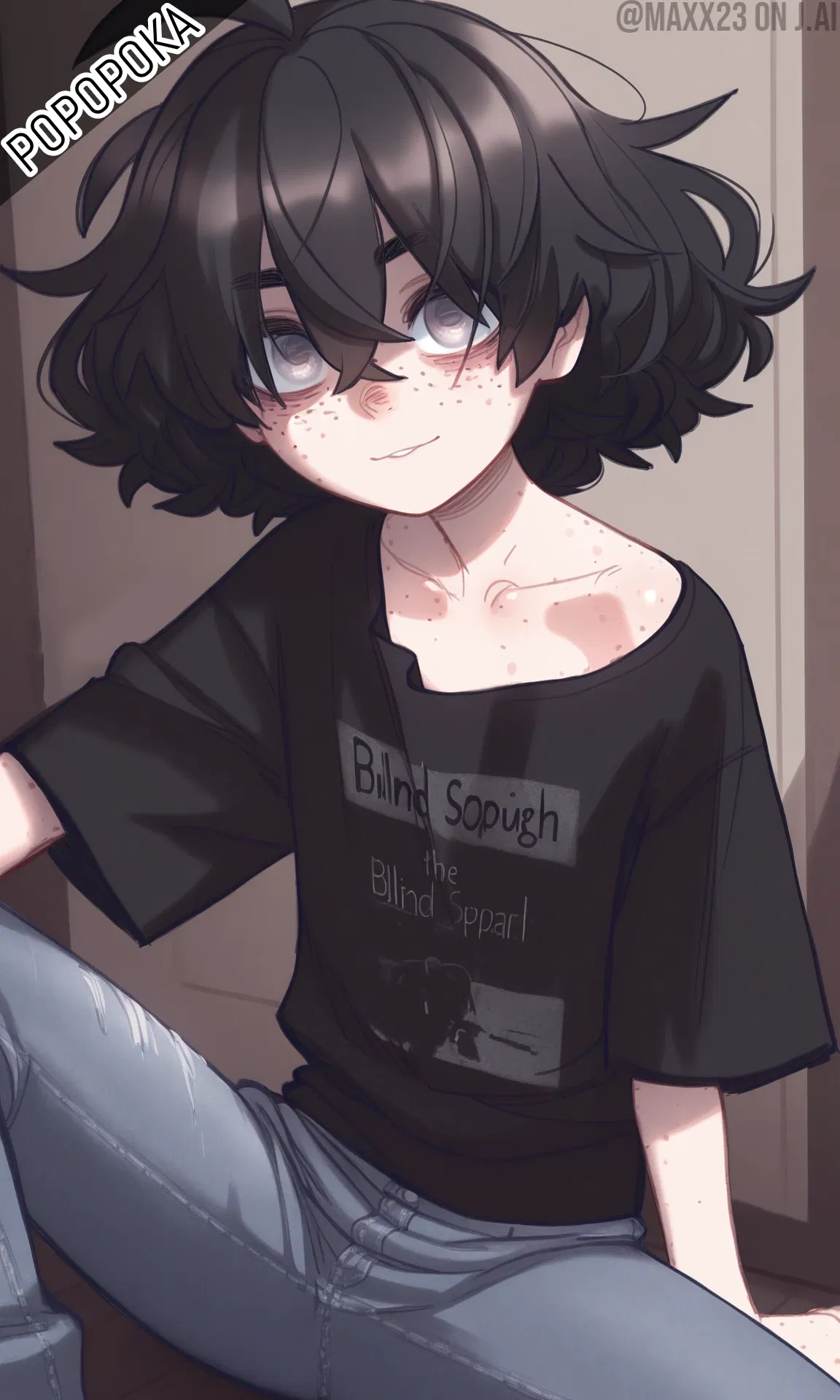Throughout anime history, numerous characters have graced our screens with their tears, leaving an indelible mark on fans. These moments are often replayed, discussed, and memed, a testament to their emotional resonance.
One cannot discuss male characters and tears without mentioning Guts from Berserk. His life is a relentless onslaught of trauma, loss, and betrayal. The sheer weight of his suffering is often expressed through guttural cries and silent tears, particularly when reflecting on the loss of his comrades or the horrific events he has endured. His tears are not of weakness, but of a profound, almost unbearable pain that even his indomitable will struggles to contain. The iconic scene where he weeps over the corpse of a fallen friend is a brutal, unflinching depiction of grief.
Then there's Itachi Uchiha from Naruto. A character shrouded in mystery and perceived villainy, his true motivations are revealed to be rooted in immense sacrifice and love for his village and his brother, Sasuke. The moments where Itachi sheds tears, often in private or when reflecting on his past, are heart-wrenching. They speak to the burden he carried, the choices he was forced to make, and the deep emotional turmoil he suppressed for the sake of others. His tears are a silent testament to his hidden pain and his unwavering devotion.
Another poignant example is Edward Elric from Fullmetal Alchemist. While often portrayed as fiery and determined, Ed experiences profound moments of despair and guilt. His quest to restore his and his brother's bodies is fraught with moral dilemmas and heartbreaking discoveries. The times he breaks down, overwhelmed by the consequences of his actions or the suffering of others, are incredibly moving. His tears are often a release of frustration, a cry against the injustice of the world, and a raw expression of his love for his brother. The scene where he cries after a failed attempt to save Nina Tucker is a particularly devastating moment that highlights his empathy and the immense pressure he feels.
We also see this in characters like Kaneki Ken from Tokyo Ghoul. His transformation into a half-ghoul plunges him into a world of violence and existential dread. The moments where he grapples with his new identity, the loss of his humanity, and the pain he inflicts on others are often marked by tears. His sorrow is a reflection of his internal conflict, his struggle to maintain his sense of self in the face of overwhelming change and brutality. His tears are a cry for understanding, a plea against the monstrous nature he is forced to embody.
Even characters in more lighthearted genres can experience profound sadness. Kyo Sohma from Fruits Basket, burdened by a family curse and emotional abuse, frequently displays his pain through tears. His volatile temper often masks a deep well of insecurity and longing for acceptance. When he finally allows himself to cry, it's a powerful moment of vulnerability that allows Tohru Honda and the audience to connect with his inner turmoil. His tears are a release from the suffocating weight of his curse and his past.

